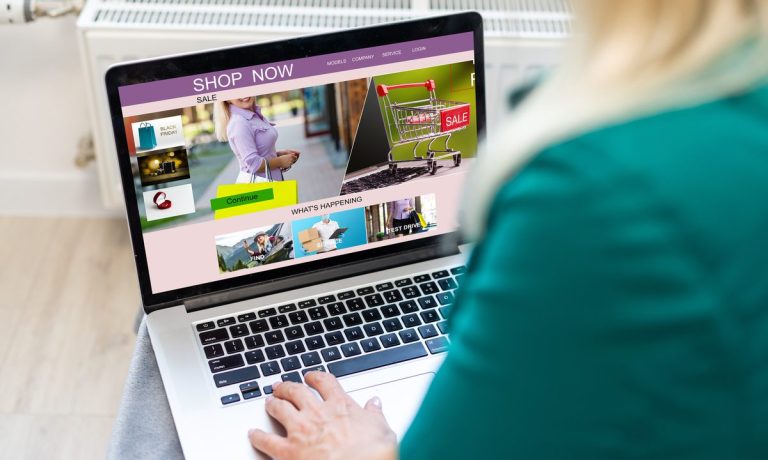
There’s a huge disconnect in what consumers want and what merchants offer. At least in one corner of eCommerce, which could prove a huge revenue tailwind for smaller businesses.
Buy now, pay later (BNPL) has been in the news lately, of course, as Square has agreed to buy Afterpay in a deal worth $29 billion.
The deal is one that will open up the payment option to a broader range of merchants and bring BNPL directly into the point of checkout.
See Also: BNPL Takes Its Next Dramatic Turn As Square Buys Afterpay For $29B
But to get a sense of just how seismic the shift has been to this payment option, and the supply/demand imbalance, consider some fresh data points gleaned from an Afterpay/PYMNTS study, and from responses from more than 300 company owners.
For a vast majority of businesses surveyed, where a majority of them have top lines of between $250,000 to $2.5 million — more than 95 percent do not offer BNPL options. Part of that disconnect, we find, might stem from misconceptions about BNPL in general, and perhaps some more education and outreach to those merchants must be on the horizon to broaden its embrace. The broadened ecosystem forged by Afterpay/Square will provide some of that familiarity/comfort on the part of SMBs.

The absence of BNPL cuts across industry verticals. More than half of the firms operate, cumulatively, in retail and construction. And it’s not as if these firms don’t have a sense of what technology can do for them. In one way or another they’ve managed to navigate the great digital shift. Roughly two-thirds of those firms sell online through marketplaces, and more than half sell online through their own websites.
At a high level, then, the online channels are in place to embed those BNPL payment options. And due to the fact that all of these companies sell in person, the stage is set to bring BNPL to omnichannel commerce, where someone can browse online, pickup in store, set installment payments in place before they walk out the door.
The urgency is there for SMBs to be flexible, digital and responsive to changing demographics’ needs and buying preferences. Nearly 38 percent of firms have said that the average age of their customers has been decreasing; 15 percent are more likely to want to use installment credit.
But along with the recognition that technology could be used in the service of installment plans, we find a bit of what might be termed misperception. Nearly 61 percent of the merchants surveyed said they agree or strongly agree that BNPL allows for sales that might not otherwise occur. And 61 percent of respondents, overall, said that consumers will be willing to switch to companies that offer BNPL. In fact, 57.2 percent of business owners state (agreeing or strongly agreeing) that an increasing percentage of sales will take place via BNPL options.
Delving Into The Disconnect
And yet…
Even with the acknowledgment that BNPL can turbocharge sales, can help merchants sell more inventory, can help them keep customers in place, and gain wallet share among younger customers, there’s that starting data point that almost none of them offer BNPL.

And that gap may be explained by a few other findings: About 58 percent of firms agree/strongly agree that BNPL attracts customers with “bad debt reputations,” while about 66 percent believe that BNPL is most applicable to large ticket items.
While it’s indeed true that a broad swath of the thin credit/no credit population has or is accessing BNPL (See Also: Data Brief: 77 Pct Of Credit-Challenged Consumers Favor BNPL For Spend Management) there’s a growing awareness on the part of what separate PYMNTS/Sezzle research has defined as the “worry free” consumer of BNPL as they seek to avoid fees or long term debt. These consumers are defined as individuals whose average age is 52, the majority earns over $50,000 per year, with 40 percent earn more than $100,000 annually and FICO scores of more than 760.
That profile runs directly counter to the “bad debt” moniker attached to BNPL.
As for the “big ticket” perception, as Karen Webster noted that the Square/Afterpay deal will bring BNPL to Square’s Cash App users and Square merchants, spurring more commerce, and cementing the ecosystem…which should, in turn, bring BNPL options to more everyday spend.
See Also: What The Square Afterpay Deal Means For BNPL, FinTech, BigTech And Banks